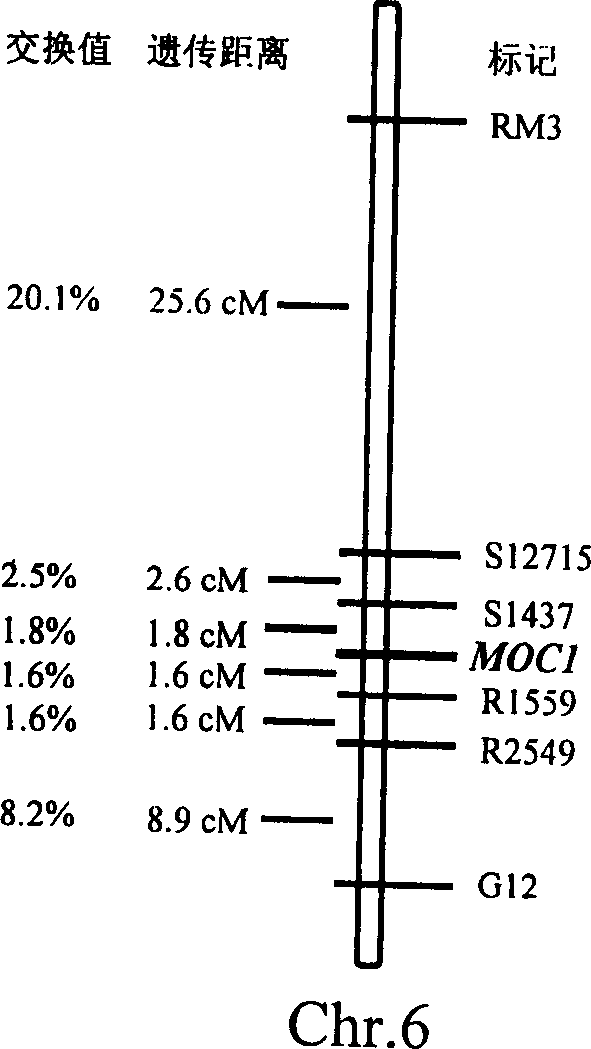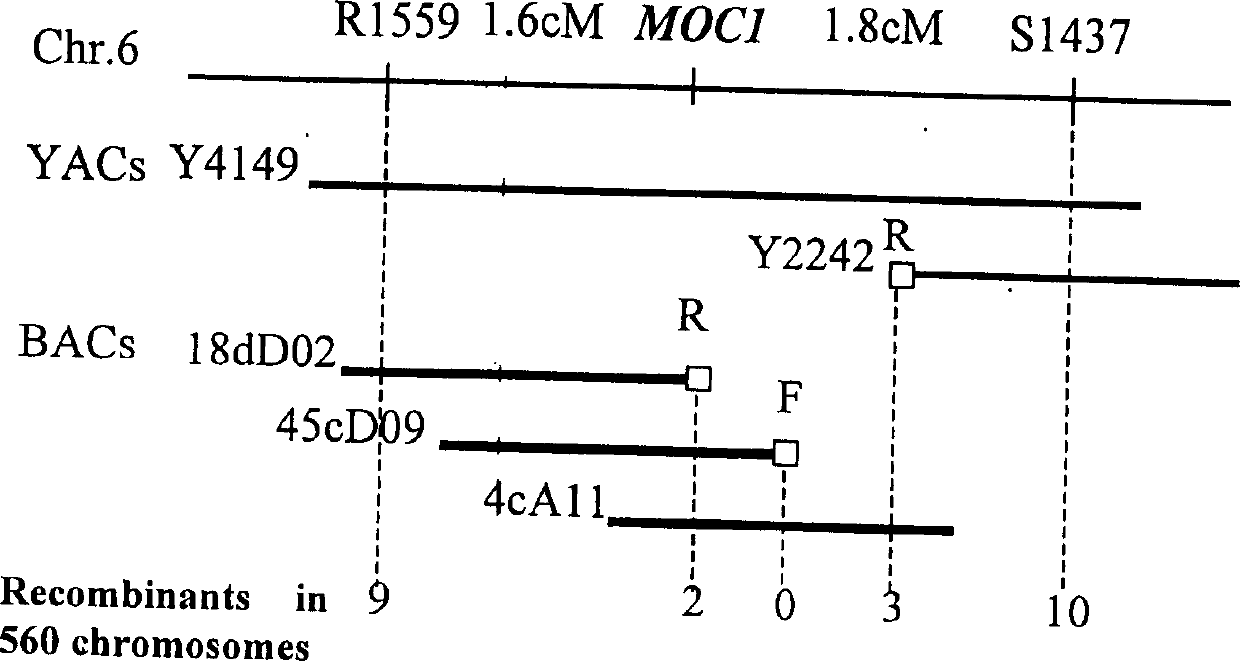Rice tiller control gene MOC1 and its application
A gene and rice technology, applied to MOC1 cloned by map-based cloning technology (MoNo field
Inactive Publication Date: 2004-02-25
INST OF GENETICS & DEVELOPMENTAL BIOLOGY CHINESE ACAD OF SCI
View PDF0 Cites 13 Cited by
- Summary
- Abstract
- Description
- Claims
- Application Information
AI Technical Summary
Problems solved by technology
It will be a more economical and effective way to realize the regulation of rice tiller number through biotechnology; so far, there is only one report on the research on genes controlling the occurrence of side shoots in plants (13)
Method used
the structure of the environmentally friendly knitted fabric provided by the present invention; figure 2 Flow chart of the yarn wrapping machine for environmentally friendly knitted fabrics and storage devices; image 3 Is the parameter map of the yarn covering machine
View moreImage
Smart Image Click on the blue labels to locate them in the text.
Smart ImageViewing Examples
Examples
Experimental program
Comparison scheme
Effect test
Embodiment 1
Embodiment 2
the structure of the environmentally friendly knitted fabric provided by the present invention; figure 2 Flow chart of the yarn wrapping machine for environmentally friendly knitted fabrics and storage devices; image 3 Is the parameter map of the yarn covering machine
Login to View More PUM
 Login to View More
Login to View More Abstract
The present invention utilizes rice single tiller mutant Mono culm 1(moc1) to clone and identify the gene capable of controlling rice tiller, and its name is MOC1. The transgenic function complementary assay shows that MOCI is the gene for controlling rice tiller, and the amino acid sequence comparison analysis shows that said gene belongs to the GRAS transcription factor family. The gene can be used for regulating tiller character of rice.
Description
technical field The invention belongs to the field of plant genetic engineering. Specifically, the present invention relates to a MOC1 (MoNo CULML) gene cloned by a map-based cloning technique, and the gene is identified by a transgenic function complementation experiment; The carrier of the homologous gene and involves the use of the gene or its functional analogue to regulate the tillering or side branch generation ability of the plant so as to regulate the population structure of the plant and improve the yield, quality and nutrient light energy utilization efficiency of crops. Background technique Tillering is an important morphological characteristic of most grasses. The stems of gramineous crops have buds at each node. The buds can develop into branches, and the bases of the branches form adventitious roots. Such branches are tillers. The morphological characteristics of the tillers are basically the same as those of the main stem, and the tillers can be separated fr...
Claims
the structure of the environmentally friendly knitted fabric provided by the present invention; figure 2 Flow chart of the yarn wrapping machine for environmentally friendly knitted fabrics and storage devices; image 3 Is the parameter map of the yarn covering machine
Login to View More Application Information
Patent Timeline
 Login to View More
Login to View More IPC IPC(8): C07K14/415C12N15/05C12N15/82
CPCC12N15/8261C07K14/415Y02A40/146
Inventor 李家洋钱前李学勇曾大力付志明王永红熊国胜王晓群刘新仿
Owner INST OF GENETICS & DEVELOPMENTAL BIOLOGY CHINESE ACAD OF SCI
Features
- Generate Ideas
- Intellectual Property
- Life Sciences
- Materials
- Tech Scout
Why Patsnap Eureka
- Unparalleled Data Quality
- Higher Quality Content
- 60% Fewer Hallucinations
Social media
Patsnap Eureka Blog
Learn More Browse by: Latest US Patents, China's latest patents, Technical Efficacy Thesaurus, Application Domain, Technology Topic, Popular Technical Reports.
© 2025 PatSnap. All rights reserved.Legal|Privacy policy|Modern Slavery Act Transparency Statement|Sitemap|About US| Contact US: help@patsnap.com



